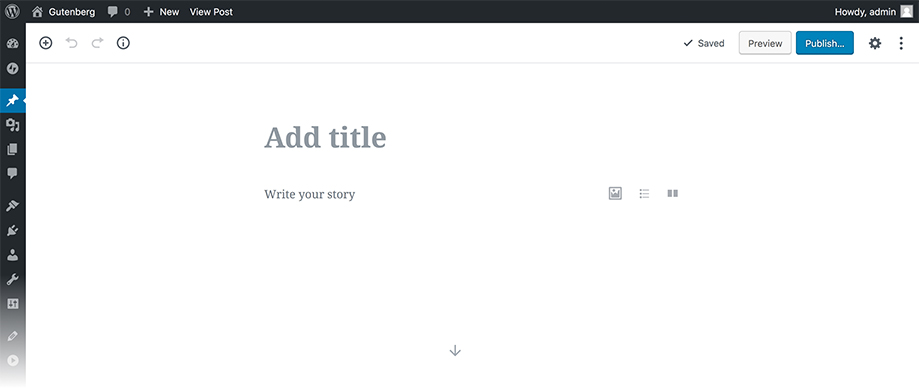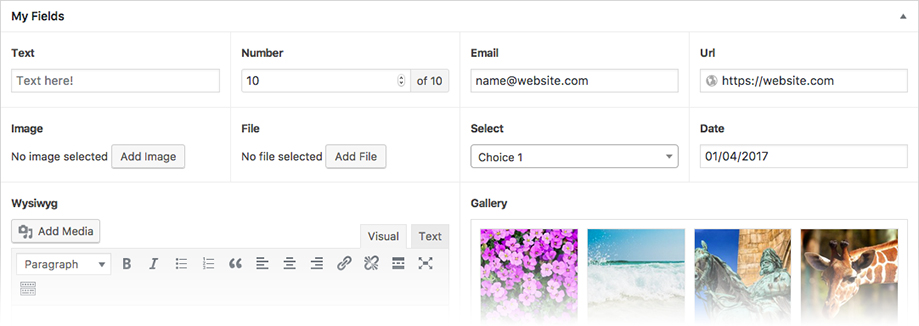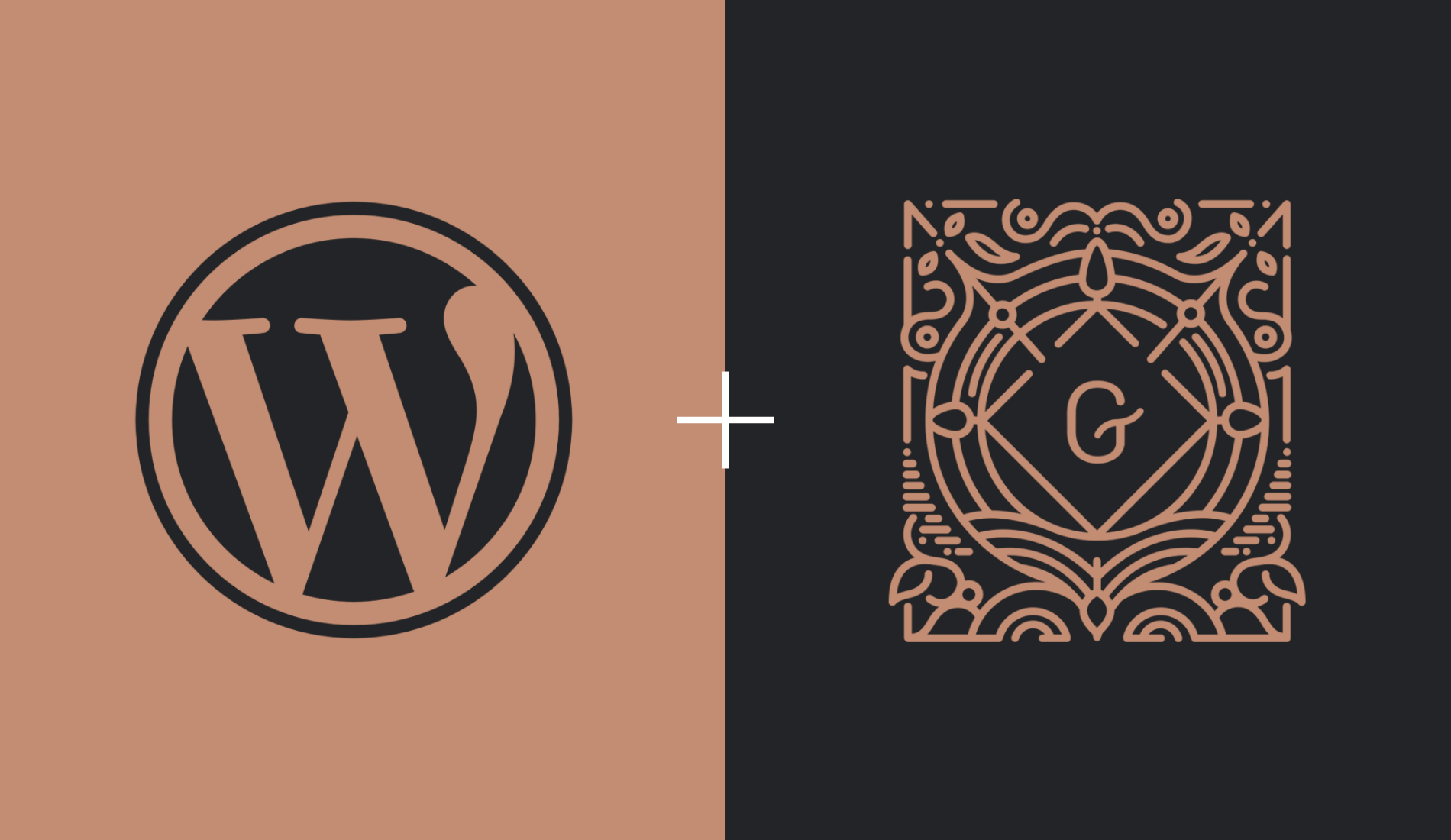We love making WordPress powered websites. It’s pretty much at the core of every project we do. That means when things change, we have to adapt and adopt or run the risk of getting left behind.
Over the past year, WordPress has seen its most significant change in a very long time – Gutenberg.
Whether you love it or hate it – it’s a bit like Marmite – it’s now a core part of WordPress and will be for the foreseeable future. So instead of rallying against it or worrying about what it could mean in a few years, we’ve gone all-in by embracing it.
Block Editor vs Classic Editor

The main change that comes with the Gutenberg update is the introduction of the Block Editor. This new editor is drastically different from the Classic Editor you might be familiar with? At first glance, it might look a bit intimidating, but ultimately, it still does the same thing.
The most significant difference is that every piece of content from headings and paragraphs to images and embedded Instagram shots are now separate elements. This is great because they can be dragged around and placed in any order you need.
In the Classic Editor, all of this was done in a WYSIWYG (What You See Is What You Get) Editor, making it very difficult to move things around. The only way to reorder content was to copy and paste it. That becomes frustrating when you’ve got a 2000+ word article containing text, images, and embedded content.
The benefits of the new Block Editor are clear – to create and edit content effortlessly.
It doesn’t work everywhere
The only issue we’ve found with the Block Editor is it’s purely for content and not for page layouts. All our sites come with various page designs and options across many different templates, so the Block Editor doesn’t work for these.
We’ve managed to find a good middle-ground where we only enable the Gutenberg editor on posts. That means pages using either the Classic Editor or custom fields are created using the Advanced Custom Fields Pro plugin.
ACF (Custom Fields)

By default WordPress now comes with the Block Editor enabled and has the option of using the Classic Editor via an official WordPress plugin. Both are incredibly powerful, but they’re still only for content. By content, we mean headings, paragraphs, images etc. Anything you’d find in the written part of a blog post.
To make elaborate layouts you see on some of our sites such as New Legend or The Wow Company, we need something more potent than text-based content. This is where ACF a WordPress plugin joins the party.
Advanced Custom Fields, usually abbreviated as ACF, is a third-party plugin developed by Elliot Condon. The primary purpose of the plugin is to easily create custom fields to extend WordPress, all without the hassle. We use this because creating custom fields by hand every time can be a very time-consuming process. And more time means more money – not what you as a client wants.
A good example would be the banner subtitle on a page. There’s nowhere to write and save this in the default editor, so this is where ACF comes in. For example, we can create a custom field called “Banner Subtitle”. Once your text has been added to that field, it can be picked up by one of our themes and displayed on the front-end of your website.
What about shortcodes?
Shortcodes were created as a means to an end so everyone could use more custom blocks of content within the Classic Editor (WYSIWYG). Unfortunately, shortcodes are problematic because when we create them, we’re always fighting against the built-in WordPress formatter. A tool that alters the content and gets it ready to be displayed on the front-end of the website.
Blocks to the rescue. Blocks and the Block Editor, in general, were created to fix this issue of having layout and content intertwined, which it does very well.
The good news is you can still use shortcodes in the Block Editor by utilising the Shortcode Block. However, we recommend you use actual Blocks where they’re available.
What are your options?
It’s good to remember you can still use the Classic Editor by using the official Classic Editor Plugin, made by the WordPress team.
The WordPress team will officially support this plugin until December 31 2021, so you’ve got a long time to embrace the Block Editor. However, please keep in mind the Block Editor is here to stay, so learning how to use it is a must.
We believe it’s a good thing and something worth investing time in. That’s why all our bespoke themes going forward will have full styling support for any core WordPress Gutenberg Blocks.
And for any older themes? If you want the power of Gutenburg, come and talk to us.



